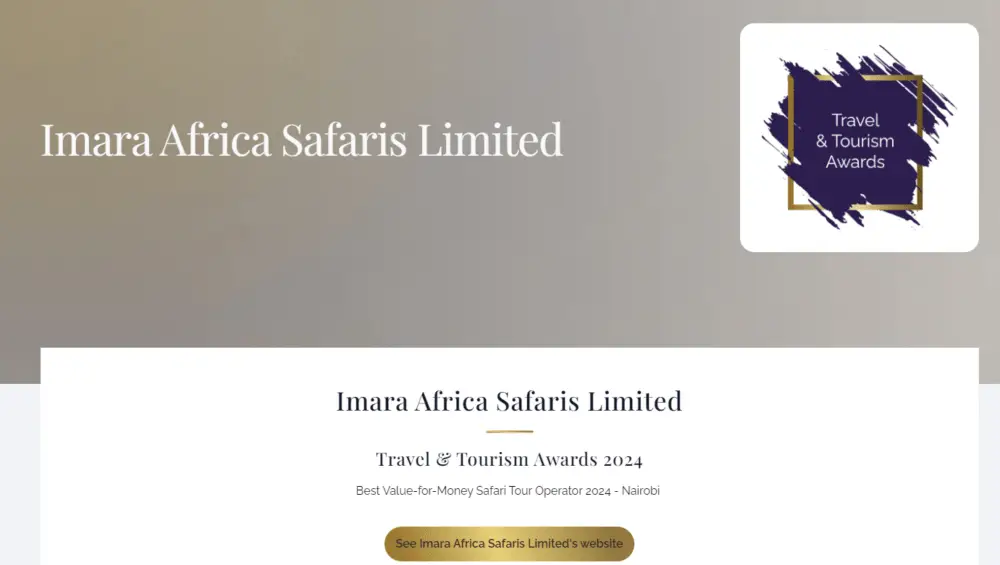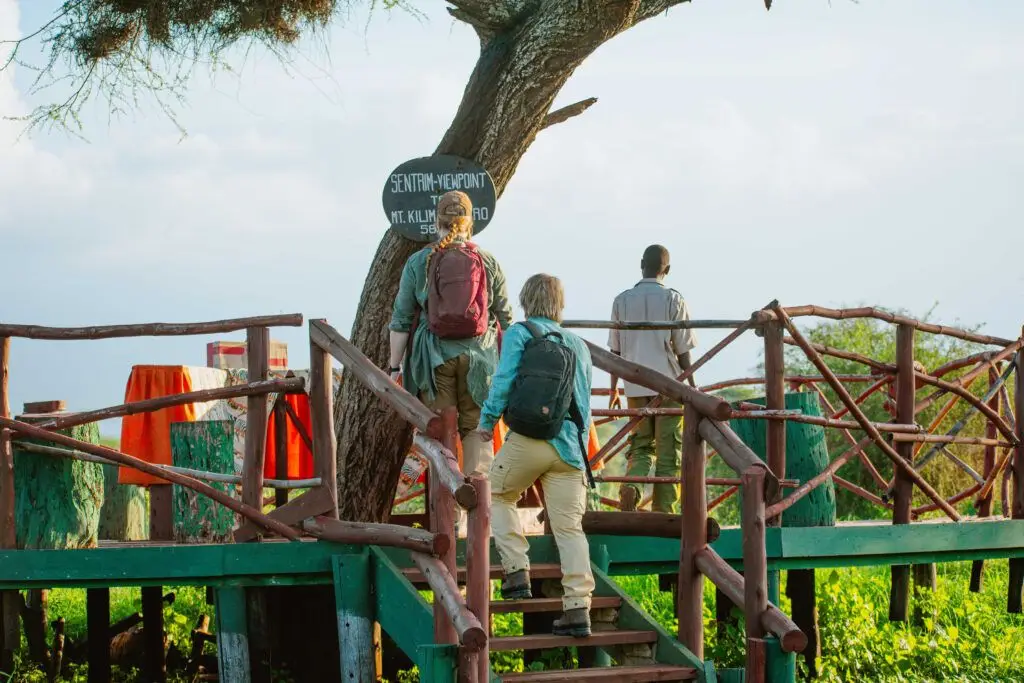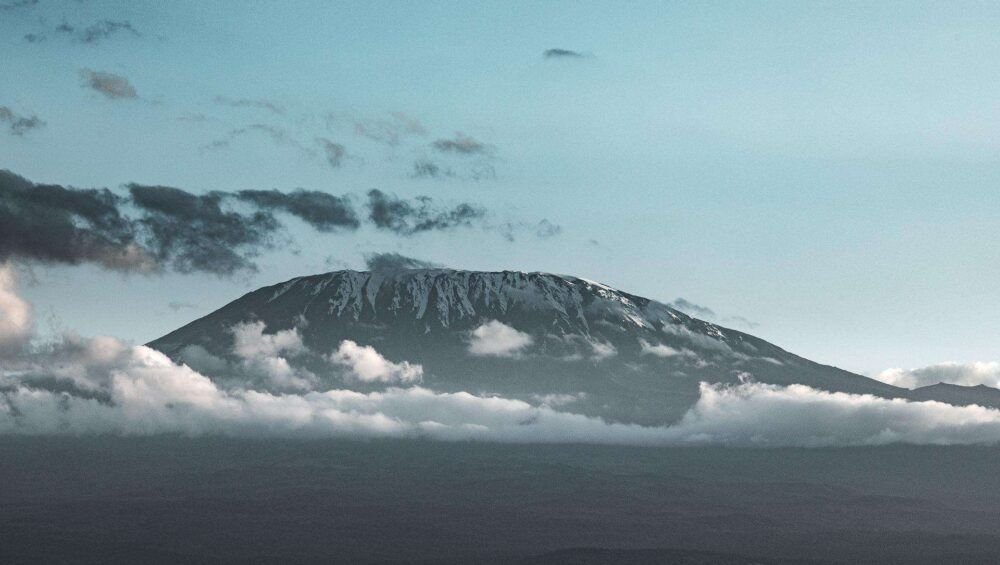Imara Africa Safaris Wins Best Value Safari Operator 2024 | Lux Review Travel & Tourism Awards
Nairobi, Kenya – Imara Africa Safaris Limited is thrilled to announce that we have been honored with the prestigious ‘Best Value-for-Money Safari Tour Operator 2024‘ at the Travel & Tourism Awards in Nairobi. This accolade recognizes our unwavering commitment to providing outstanding safari experiences at competitive prices.
Since our inception, Imara Africa Safaris has aspired to bring the beauty of Africa closer to adventurers from all corners of the globe. We believe that experiencing the majestic wildlife and breathtaking landscapes of Kenya should be accessible without compromising quality. Our personalized safari packages are crafted to deliver immersive and unforgettable journeys through some of Africa’s most iconic national parks and reserves.
A Kenya Safari Adventure That Won Recognition
Being recognized with the Kenya safari awards is a moment of pride for us at Imara Africa Safaris. We strive to ensure that each luxury safari experience is a testament to the wonders of Kenya adventure travel.
Eco-Friendly Safaris: Our Commitment to Sustainability
Our eco-friendly safaris embody our pledge towards sustainable tourism in Kenya. Through our wildlife conservation tours, we facilitate meaningful encounters with nature while advocating for its protection.
Cultural Immersion with Our Cultural Safari Tours
Imara Africa Safaris offers cultural safari tours as part of our bespoke safari itineraries. These tours are designed to deepen the understanding of the rich cultural tapestry that Kenya boasts.
Meet Our Safari Travel Specialists
Our team of safari travel specialists is dedicated to curating African wildlife tours that are as educational as they are exhilarating. Our team of seasoned professionals, local guides, and wildlife experts are dedicated to curating safaris that not only meet but exceed the expectations of our clients. We’re not just about the destination; we’re about creating stories and memories that last a lifetime.
As we accept this award, we want to express our deepest gratitude to our loyal customers who have trusted us with their African adventures. Your support and feedback have been instrumental in refining our services to the highest standard.
We also extend our thanks to the Travel & Tourism Awards committee for recognizing our efforts to maintain affordability while offering premium-quality safaris. This award is a testament to the hard work and passion that our team pours into each safari.
To our future guests, we invite you to explore the wilds of Kenya with us and see for yourself why Imara Africa Safaris Limited stands out as the best value-for-money safari tour operator in Nairobi.

Keep following our journey as we continue to set the bar high in the travel and tourism industry. Here’s to many more adventures together!
For more information and to book your next safari, please visit.








